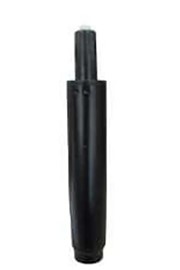Office Chair Gas Cylinders: What Are They & How To Replace Them
Sitting for long hours at work can be a pain in the neck—literally! Thankfully, office chairs equipped with gas cylinders have become a game-changer in providing comfort and adjustability. These nifty devices allow us to effortlessly raise or lower the seat height, ensuring optimal ergonomics for a productive workday.
But have you ever wondered how these office chair gas cylinders work their magic? In this article, we'll dive into the inner workings of these marvels of engineering, explore common issues you may encounter, and even guide you through the process of replacing a faulty gas cylinder.
So, let's get started!












